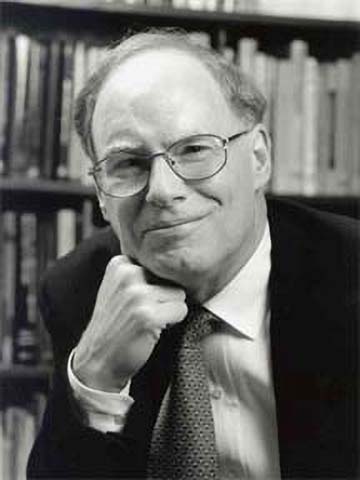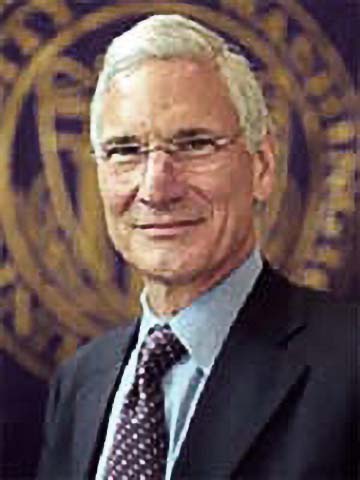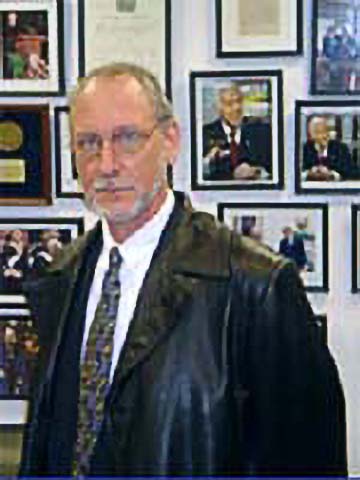1980s: The Continuum Continues
The Rise of Supported Employment and Assistive Technology.
The Inclusion of People with Severe Disabilities in the World of Work.
The 1980s, as with other decades, saw the advance of new ideas and the continuation of older models.
- Supported employment gained acceptance, federal support and funding.
- The transition from school to work became a higher priority.
- Major support for assistive technology began.
- Most people remain trapped in the continuum.
The 1980s was the decade in which supported employment became firmly established. Several federal laws gave credence to the concept and provided funding for its implementation.
By the end of the decade, Paul Wehman states there were supported employment programs in all 50 states in the United States.
Three thousand programs offered supported employment options. One million people were still involved in sheltered day programs, and 100,000 were involved in supported employment. At the beginning of the decade, only 10,000 people had been involved in supported employment.

Photo courtesy Ann Marsden
Supported employment is:
- paid employment for persons with developmental disabilities for whom competitive employment at or above minimum wage is unlikely and who need ongoing support to perform in a work setting.
- conducted in a variety of settings in which persons without disabilities are employed, and
- supported by any activity needed to sustain paid work including supervision, training, and transportation.
The shifts in funding made training and technical assistance for supported employment much more widely available. The Virginia Commonwealth University's Rehabilitation Research and Training Center staff, headed by Dr. Paul Wehman, and the University of Oregon team of Dr. Tom Bellamy and Dr. David Mank made major advances possible and documented successful strategies and outcomes.

Paul Wehman

Dr. Tom Bellamy

Dr. David Mank

Karen Flippo
Karen Flippo worked with the University of San Francisco's (USF) Rehabilitation Administration Department in the 1980s and offers this perspective on the period.
"Our work took on more importance when the Department of Education began its funding of state systems change grants for supported employment. Rob McDaniel, the USF staff, and I worked in many states to discuss the values of employing individuals with significant disabilities.
"In 1985, it was almost unheard of that individuals with severe disabilities could work in competitive, integrated employment. We had role models of individuals with physical disabilities working, but there was considerable disbelief when we talked about the capacities of individuals with significant disabilities.
"And we were talking about breaking down physical plants, which had political and financial repercussions. State by state, we assisted direct service staff in learning supported employment training and job placement strategies, and with managers to help shift their operations from segregated options to community based options.
"… We were able to challenge assumptions. Yet, while we talked about values and dreams, we were also able to talk practically about education and training of individuals and organizational development to transform operations.
"While at the University of San Francisco, I designed and delivered the first Certificate Program for Employment Training Specialists. Now, we have certificate programs across the country. We knew that no matter how important supported employment was as a concept, it would not be effective unless we had trained staff to deliver the technology."

Photo courtesy Ann Marsden

Photo courtesy Ann Marsden
The Developmental Disabilities Act of 1984 (P.L. 98–527):
The first definition of supported employment in legislation was in the Developmental Disabilities Act of 1984 (P.L. 98–527).
- The purpose of the Act was expanded to include assisting persons with developmental disabilities to achieve their maximum potential through increased independence, productivity and integration into the community. It shifted priority attention to employment related services and supported employment. Each person receiving services under the Act was required to have an individual habilitation plan.
- The 1986 Amendments to the Rehabilitation Act of 1973 (PL 99-506) strongly supported the implementation of supported employment. The Rehabilitation Services Administration purposively engaged in a systems change model with the use of demonstration grants. Title III demonstration grants were awarded on a competitive basis starting in 1986 to encourage the conversion of traditional segregated day programs to supported employment programs as alternative vocational options. Title VI Part C funds were available for all states to use specifically for supported employment services.
- The 1986 Amendments clarified that supported employment is a viable outcome of vocational rehabilitation. Both sheltered and support employment, in addition to competitive employment, were indicators of success. This transformation of perspective would not be complete until 2000 when "extended employment" in sheltered settings would be excluded as a successful outcome.

Photo courtesy Ann Marsden
